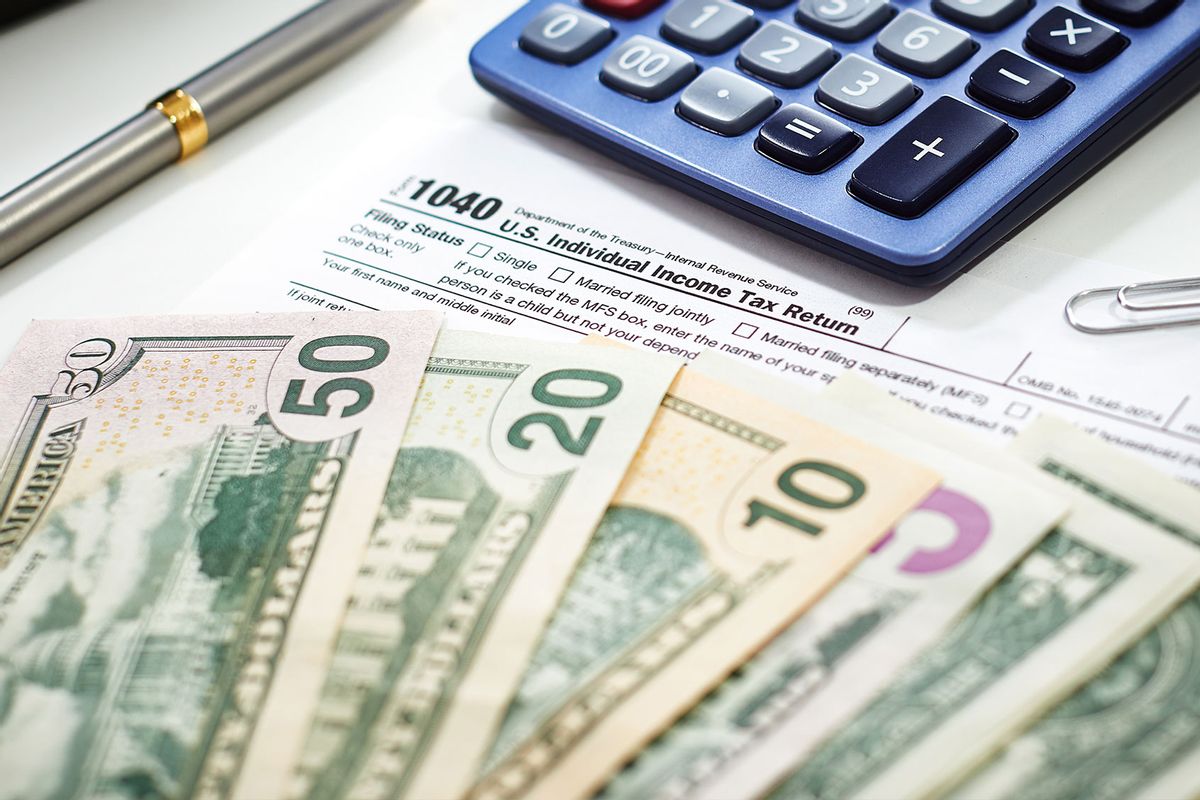Tax season is a time of confusion, stress, and — for some first-timers — literal tears. Between the fear of accidentally owing money to the IRS and the anxiety of navigating complex forms, filing taxes can feel like playing cards at a table where only the dealer knows the game.
But thankfully, there’s a light at the end of the tunnel: tax refunds.
According to a study published by Credit Karma, Americans have never relied more on tax refunds to make ends meet. Where in the past, refunds were considered “free money,” rising costs have forced people to use them less frivolously, and more out of necessity.
“Americans are using their refunds primarily for financial security,” said Courtney Alev, head of tax and consumer financial advocate at Credit Karma. Rent, groceries, paying off debt and shoring up savings are common targets of tax refund money, Alev said.
But refund amounts have become increasingly disappointing. According to the study, roughly half of Americans reported receiving less this year than the year prior, and two in five taxpayers were underwhelmed with the amount they got.
We need your help to stay independent
“42 dollar tax refund,” @elfeto22 tweeted on X, accompanied by a zany face emoji. “drinks on me (about 4 drinks total we may have to share)”
“I am also so excited to receive my net tax refund of $61,” @ch1cken_t3nder wrote.
Big or small, tax refunds may feel like free money, but in reality it’s your own money being returned — money you overpaid throughout the year, either through paycheck withholdings or estimated tax payments. Whether you're a W-2 employee or self-employed, if your total payments exceed your actual tax liability (the amount of tax you legally owe after applying all deductions and credits) you’re likely due a refund.
So how do you maximize that refund? By minimizing your aforementioned tax liability.
Start with tax credits, which reduce your tax bill dollar-for-dollar. The IRS highlights several valuable credits that many taxpayers miss out on: the Earned Income Tax Credit, Child Tax Credit and American Opportunity Credit for students. These credits can significantly lower your liability — or even boost your refund if they’re refundable.
Don’t forget about potential deductions, like student loan interest, retirement contributions or business expenses if you’re self-employed. These reduce your taxable income, making it more likely that you’ve overpaid and are due money back.
Accuracy also plays a huge role in speeding up your refund. To avoid delays, make sure all information is entered correctly, from Social Security numbers to bank account details. Tax filing tools like TurboTax or Credit Karma Tax help catch errors and guide you through the process, but always double-check and make sure you’re not divulging any sensitive information to unsavory sources.
Accuracy plays a huge role in speeding up your refund
Phew! Now you’ve filed your taxes to the best and most efficient of your ability. How do you make the most of that refund once it hits your bank account?
First, consider where it’ll have the biggest impact. According to recent data, many Americans are using refunds to regain financial footing — paying down high-interest debt, covering essentials like rent or groceries or bolstering emergency savings. That’s not just responsible; it’s strategic for long-term financial health.
Of course, it’s OK to treat yourself — within reason. Experts recommend setting aside no more than 10% to 20% of your refund for discretionary spending and using the rest to shore up your financial stability. That way, you can enjoy the short-term reward without sacrificing your long-term goals.
“A lot of people use their refunds to pay off high-interest debt, build emergency savings or invest in their future by putting money into retirement or health savings accounts,” Alev said. “It's a sign that many Americans are prioritizing financial stability, especially given the rising cost of living.”
Read more
about personal finance



Shares